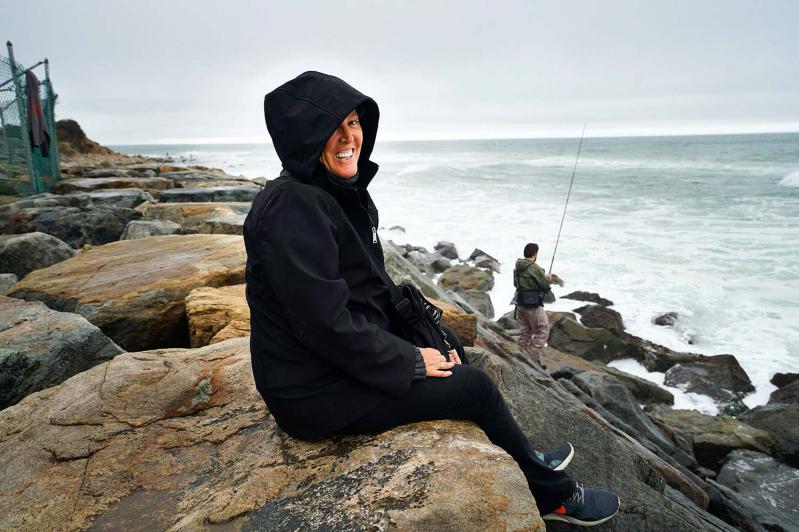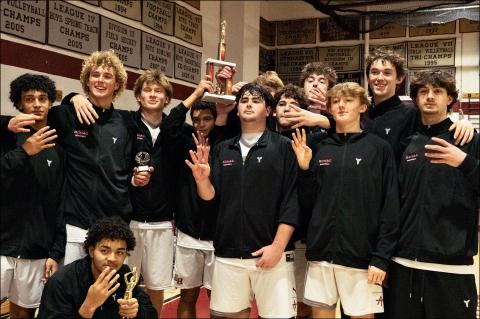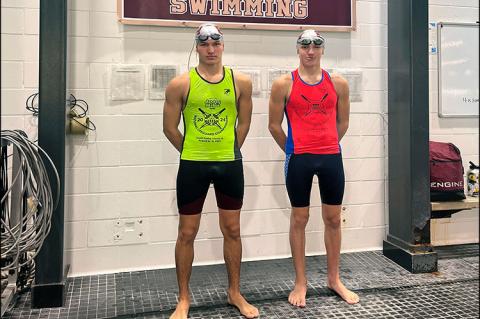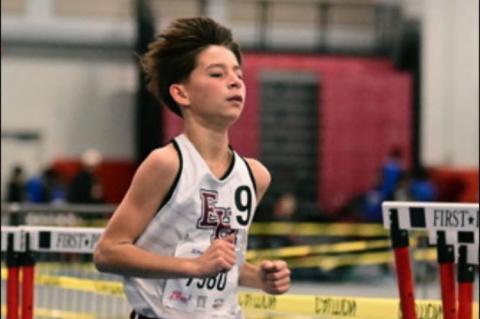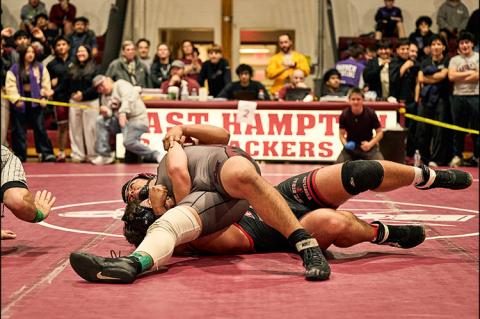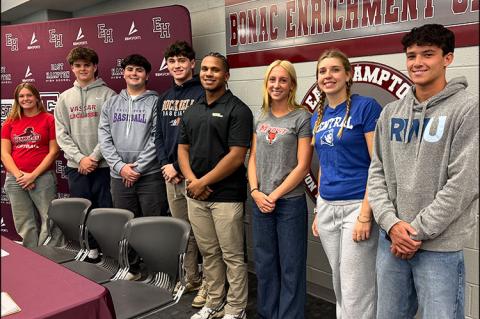Sally Jenkins, the prizewinning Washington Post sports columnist, feature writer, and best-selling author, said the other day at Sag Harbor’s Sagtown coffee shop that it was her father, Dan Jenkins, a sportswriter and author himself, who had led her to write “The Right Call: What Sports Teach Us About Work and Life” when he asked, “Who can explain the athletic heart?”
“He made it sound like a fascinating mystery,” she said, “and that’s what ultimately led me to write it — to answer the question. Otherwise, sports is just theater. Sports can be a great teaching instrument. Some learn and some don’t. Some have better teachers, some get lucky and fall into the hands of a great teacher, or mentor. That’s a big determinant. Some fall into the wrong hands, some get bullied, or burn out, or lose interest, or get intimidated. . . .”
The book, which traces success under pressure to an abiding concern with seven foundational elements that she identified as conditioning, practice, discipline, candor, culture, failure, and intention, leads off with Andy Reid going for it on fourth-and-two as the Chiefs trailed the Titans 10-0 in a January game with a 2020 Super Bowl berth at stake. The pass Reid called for, from Patrick Mahomes to Travis Kelce, resulted in a first down and in a seismic shift in momentum on the way to a 35-24 win.
“He knows his business,” Jenkins said when her interviewer remarked that Reid had done it again this year. “It’s interesting that before he won the big one, he’d been in the business for more than 40 years without having the ultimate success. That’s what interests me. If he were just in it for the winning, he could not have survived. Every year, until he was 61, he was a loser. I think the rewarding thing for him has been his relationships with his players. He’s been a most important formative teacher for Patrick Mahomes.”
At various points in “The Right Call,” Jenkins says athletes are made, not born, that to be a leader one must first be a good teammate, and that champions are good losers. Steve Kerr, she wrote, “finally became a deadly clutch player when, ironically, he accepted that a certain amount of failure was inevitable and gave himself over to it.” It was no accident, she said, that Kerr, “one of the best role-playing teammates ever,” was the N.B.A.’s best coach.
Further, Jenkins said, “You’re not born the head of a team or of a company. All of us begin life at the entry level, and the people who become really great leaders start off as really great teammates. Andy Reid and Bill Belichick, who were linemen, were role players as players. Their jobs were to facilitate the success of others, and they continued doing that in their coaching careers.”
“Bill Belichick loves it, really loves it . . . the process, the seasonal cycle. He’s a guy who could coach at the Naval Academy and be happy. That’s where he grew up, in Annapolis. I could see him doing that.”
When told that her interviewer had given a copy of “The Right Call” to two young female athletes, one of whom was his 14-year-old granddaughter, Jenkins said that youngsters must realize that “even the most impulsive, most intuitive-looking stuff is the product of a lot of previous underlying work, very tedious, very specific work. Tom Brady was an average kid, tall, big, but with very awkward feet, and so he sprayed dots in his garage and did five-dot drills, so he could improve his quickness, balance, and agility. It wasn’t required of him but he worked constantly on moving his feet. You have to do the work.”
“And you should love that work . . .”
“Yes, but young people think you’re supposed to love what you do 100 percent of the time. You don’t even love your mate 100 percent of the time . . . there’s tedium and responsibility in anything. Eighty percent of what you do you might not like, but the 20 percent is so satisfying. . . . Great athletes have a tolerance for tedium. It’s not innate, you acquire it, through conditioning, practice, and discipline because it will lead to something better at the other end. Athletes can put off immediate gratification for a longer-term goal.”
“So many kids mistake that in the athletes they watch,” she continued. “They don’t understand what went into Steph Curry’s swished 3-pointer. They don’t see him strengthening his wrists with ropes. . . . There’s a bull rider, J.B. Mauney, probably the greatest bull rider. He used to strengthen his core by standing on a 14-pound medicine ball with his cowboy boots and spurs on for hours. The way his ankles, hips, and legs moved on the ball was the way they moved on a bull. Bull riding is very dramatic, in the moment — you don’t see the hours he worked on the ball with the sweat pouring off him. You see the envelope in the mailbox, but not the front end of the process. What we see is a fractional view of what they do. I wanted to explain everything that leads up to that moment.”

